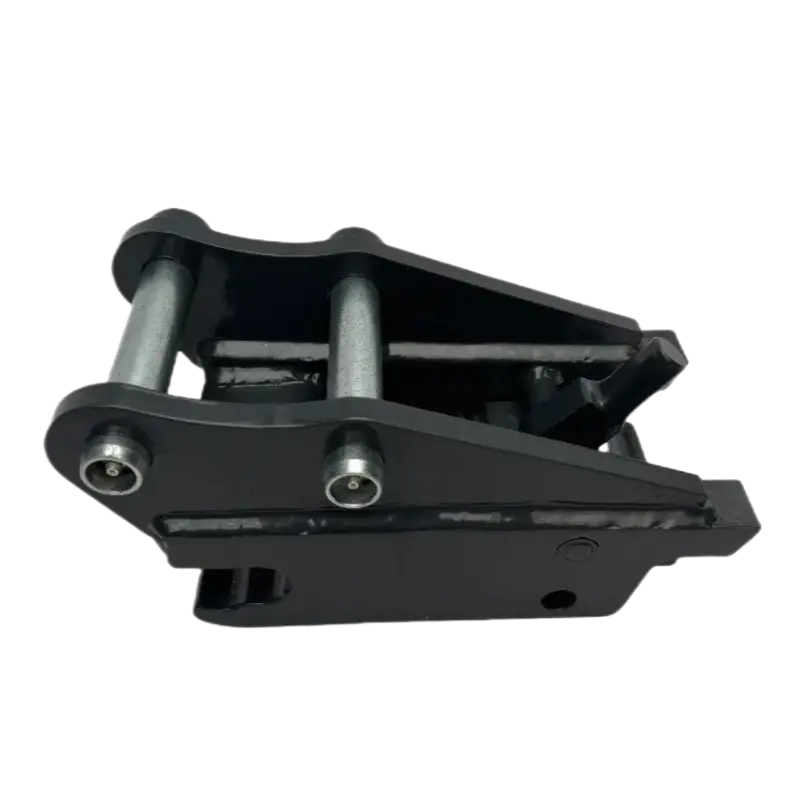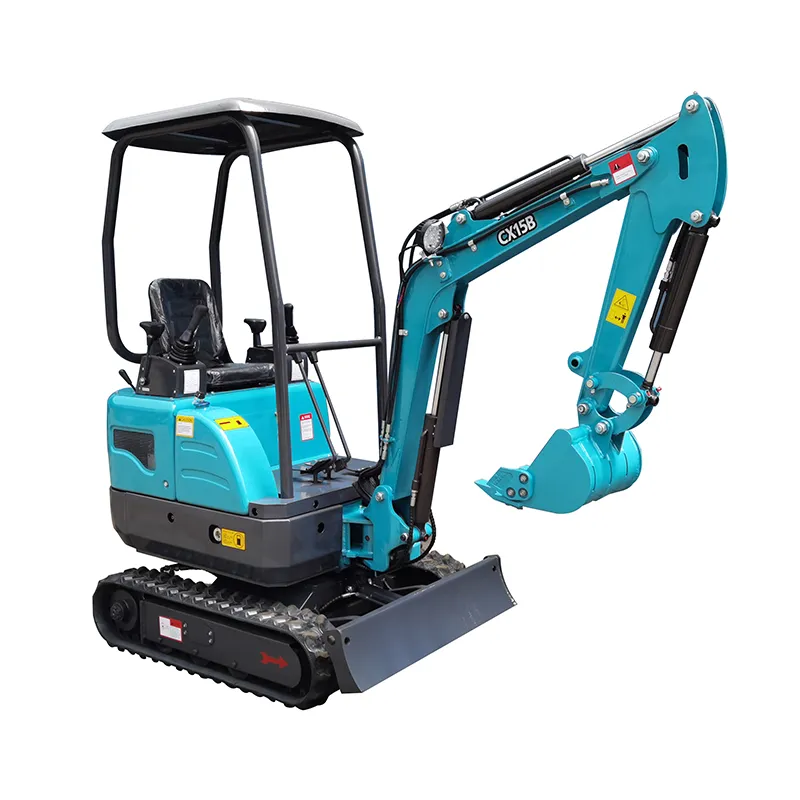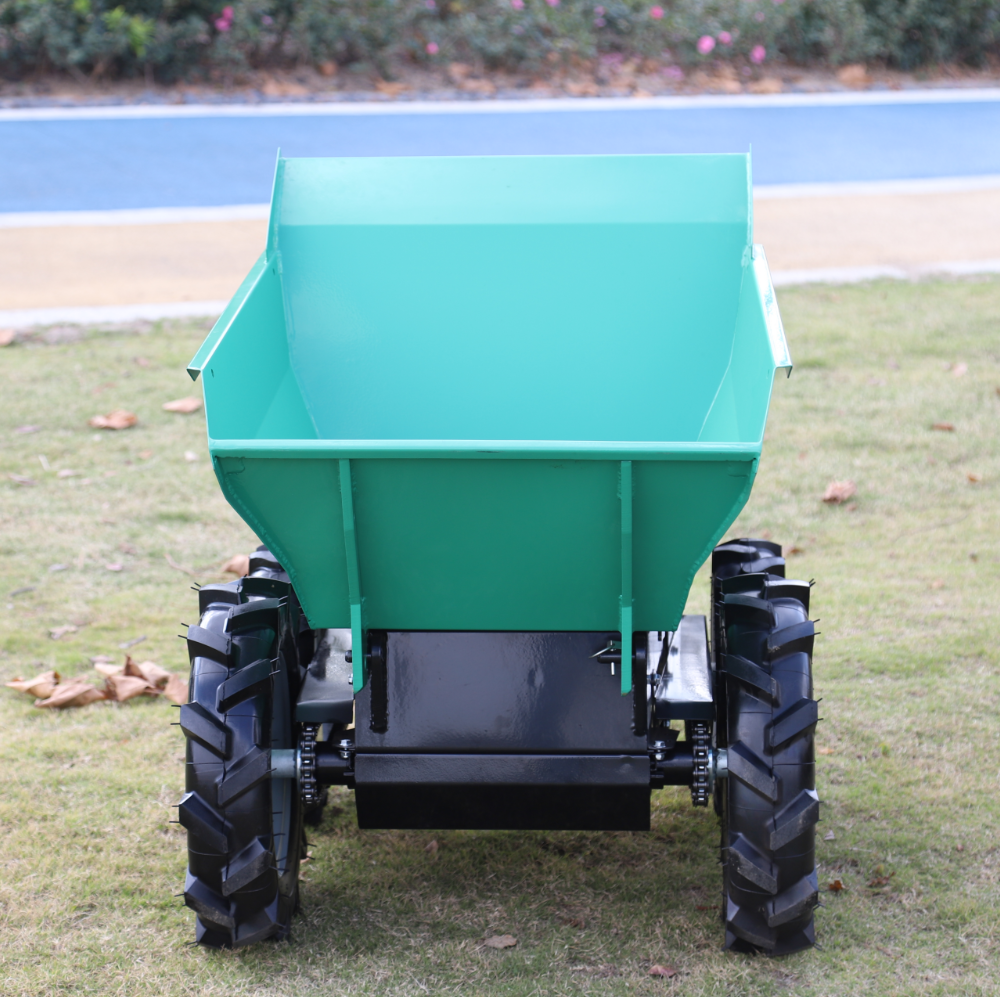Importance of Selecting the Appropriate Mini Excavator Weight Based on Construction Environment
Choosing the right weight for a mini excavator is crucial, as it directly impacts the machine’s performance, safety, and suitability for specific construction environments. In urban areas with confined spaces, lighter mini excavators are preferred due to their maneuverability and reduced ground pressure, minimizing potential damage to existing structures and underground utilities. For instance, a Mini Excavator 1 ton model is ideal for indoor renovations or landscaping projects where space is limited. Conversely, in rural or large-scale construction sites, heavier mini excavators offer enhanced stability and digging capabilities, making them suitable for tasks like trenching or lifting heavy materials. Understanding the relationship between mini excavator weight and the construction environment ensures optimal performance and reduces the risk of site damage or equipment failure.
Factors Contributing to Variations in Mini Excavator Weight
Manufacturer’s Design Philosophy
Manufacturers’ design philosophies significantly influence the weight of mini excavators. Some prioritize compactness and fuel efficiency, resulting in lighter machines suitable for urban environments. Others focus on durability and power, leading to heavier models equipped with robust components. For example, a manufacturer aiming for versatility may design a mini excavator with a balance between weight and performance, ensuring it can handle various tasks without compromising maneuverability. Additionally, the inclusion of advanced features like climate-controlled cabs or enhanced safety systems can add to the overall weight, reflecting the manufacturer’s commitment to operator comfort and safety.
Dimensions of the Excavator
The physical dimensions of a mini excavator, including its length, width, and height, directly impact its weight. Larger machines require more materials for construction, inherently increasing their weight. For instance, a mini excavator with an extended boom or arm offers a greater reach but adds to the machine’s overall mass. Similarly, a wider undercarriage provides better stability but contributes to increased weight. Manufacturers must balance these dimensions to ensure the excavator meets performance requirements while remaining within weight limitations for transport and operation.
Materials Used in Manufacturing
The choice of materials in constructing a mini excavator affects its weight and durability. High-strength steel is commonly used for structural components like the boom and arm to withstand heavy loads, increasing the machine’s weight. Conversely, using lightweight materials like aluminum for non-structural parts can reduce weight without compromising strength. The selection of materials for fittings, such as the mini excavator bucket and attachments, also influences weight. For example, a heavy-duty bucket designed for rock excavation will weigh more than a standard bucket used for general digging, impacting the overall weight and balance of the machine.
Market Positioning of the Excavator
Market positioning plays a role in determining the weight of a mini excavator. Models designed for heavy-duty tasks are typically heavier to accommodate more powerful engines and robust components. Manufacturers targeting the premium market segment may include additional features and higher-quality materials, resulting in increased weight. Conversely, models aimed at cost-sensitive markets may prioritize simplicity and lightweight construction to reduce manufacturing costs and improve fuel efficiency. Understanding the target market helps manufacturers design mini excavators that meet specific customer needs and preferences.
Various Accessories and Attachments
Mini excavators can be equipped with a range of attachments, each adding to the machine’s overall weight. Common attachments include:
- Bucket: Standard tool for digging and material handling.
- Bucket Ripper: Used for breaking up hard soil or rock.
- Bucket Teeth: Enhance the bucket’s digging capabilities.
- Bucket with Hydraulic Thumb: Allows for grasping and lifting objects.
- Earth Auger Drill Machine: Ideal for drilling holes for posts or foundations.
- Excavator Bucket Ripper: Designed for tough ground conditions.
- Excavator Bucket with Hole: Facilitates drainage or reduces weight.
- Excavator Hydraulic Hitch: Enables quick attachment changes.
- Excavator Rake: Used for clearing debris or vegetation.
- Hydraulic Breaker: Breaks up concrete or rock surfaces.
- Hydraulic Hammer Rock Breaker: Heavy-duty tool for demolition tasks.
- Mini Excavator Bucket: Smaller bucket for precise digging.
- Mini Excavator Rake: Clears and levels soil or debris.
- Mud Bucket: Designed for handling wet or sticky materials.
- Quick Hitch: Allows for rapid attachment changes.
- Root Stick Rake Digger: Removes roots and stumps.
- Rotating Bucket: Provides flexibility in material placement.
- Screening Bucket: Separates materials by size.
- Skeleton Bucket: Filters out finer materials.
- Bucket with Teeth: Enhances digging efficiency.
- Standard Bucket: General-purpose digging tool.
- Swing Bucket: Allows for angled digging operations.
- Wood Grab: Handles logs and timber materials.
Each attachment adds weight to the mini excavator, affecting its balance and performance. Selecting the appropriate attachments based on the task at hand is essential for efficient operation.
Types and Weight Ranges of Mini Excavators
Mini excavators are categorized based on their operating weight, which influences their capabilities and suitable applications:
- Mini Excavators: Weighing between 2,000 to 10,000 pounds, these machines are ideal for small-scale projects, landscaping, and indoor work.
- Standard Mini Excavators: Operating weights range from 10,000 to 18,000 pounds, offering a balance between power and maneuverability for various construction tasks.
- Large Mini Excavators: Exceeding 18,000 pounds, these models provide enhanced digging depth and lifting capacity, suitable for more demanding projects.
Understanding the different types and their weight ranges helps in selecting the appropriate mini excavator for specific job requirements.
Importance of Excavator Weight
The weight of a mini excavator is a critical factor influencing several aspects of its operation:
Transportation
Heavier mini excavators require specialized trailers and vehicles for transportation, potentially increasing logistical costs and complexity. Lighter models are easier to transport, making them more suitable for projects with frequent relocations.
Job Site Restrictions
Some job sites have weight restrictions to prevent damage to existing structures or underground utilities. Selecting a mini excavator within the permissible weight limit ensures compliance with site regulations and minimizes the risk of damage.
Safety
Operating a mini excavator beyond its weight capacity can compromise stability, increasing the risk of tipping or accidents. Ensuring the machine’s weight aligns with the task’s demands is essential for safe operation.
Performance
The weight of a mini excavator affects its digging depth, lifting capacity, and overall performance. Heavier machines offer greater power and stability, while lighter models provide better maneuverability and fuel efficiency. Balancing these factors is key to achieving optimal performance.
Determining the Weight of a Mini Excavator
Accurately determining the weight of a mini excavator is essential for planning transportation, ensuring compliance with job site restrictions, and selecting appropriate attachments. Here are several methods to ascertain the machine’s weight:
Check the Manual
The operator’s manual provided by the manufacturer contains detailed specifications, including the operating weight of the mini excavator. This information is crucial for understanding the machine’s capabilities and limitations.
Contact the Manufacturer
Reaching out to the manufacturer or authorized dealer can provide accurate and up-to-date information regarding the mini excavator’s weight, especially if modifications or attachments have been added.
Weigh the Machine at a Certified Weigh Station
For the most precise measurement, transporting the mini excavator to a certified weigh station allows for an exact determination of its weight, including any attachments or modifications. This method ensures compliance with transportation regulations and job site requirements.





